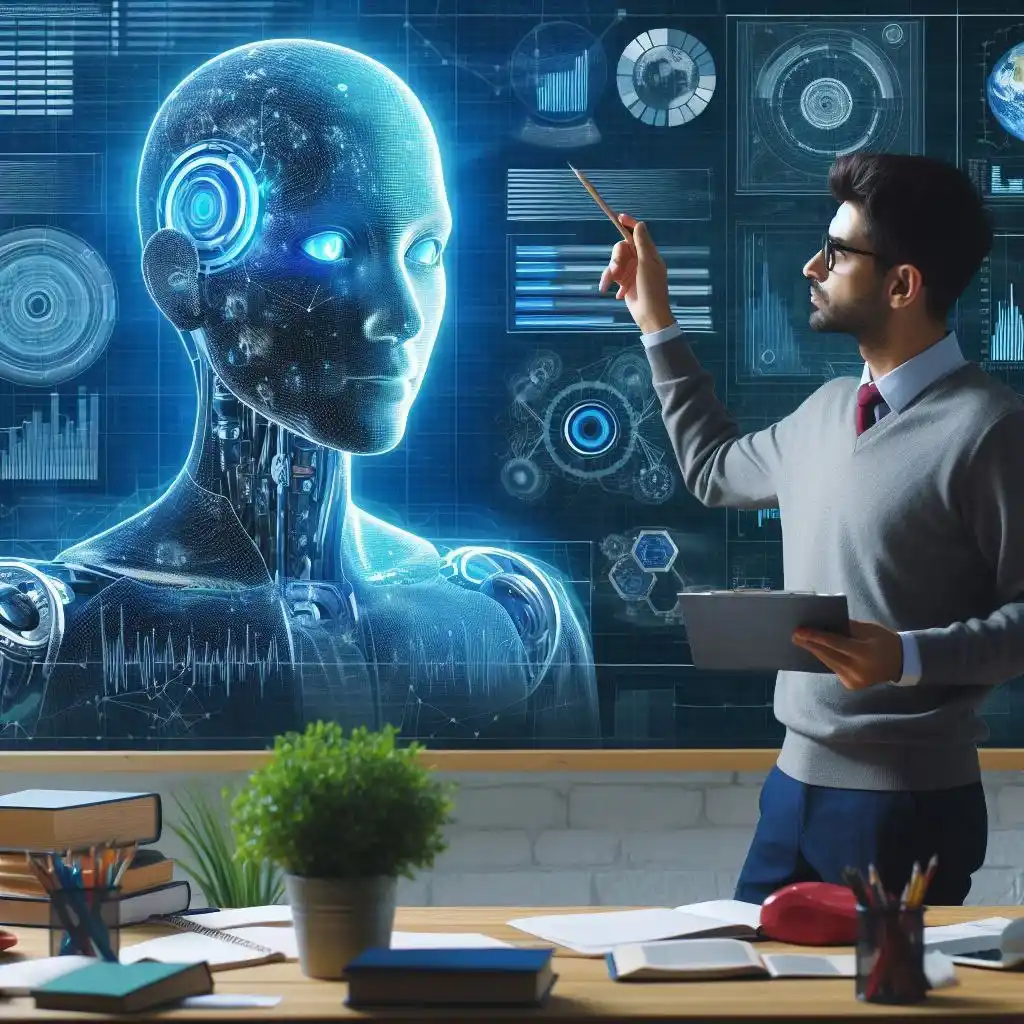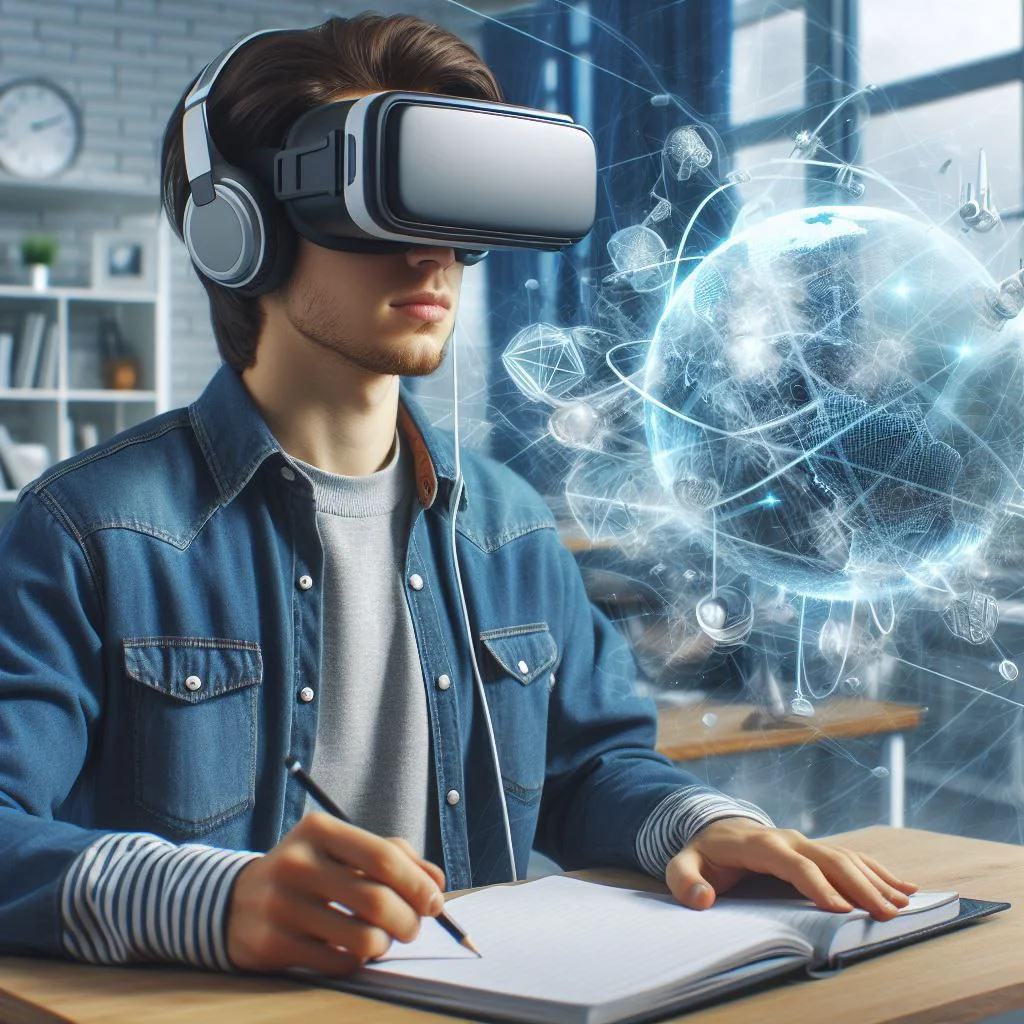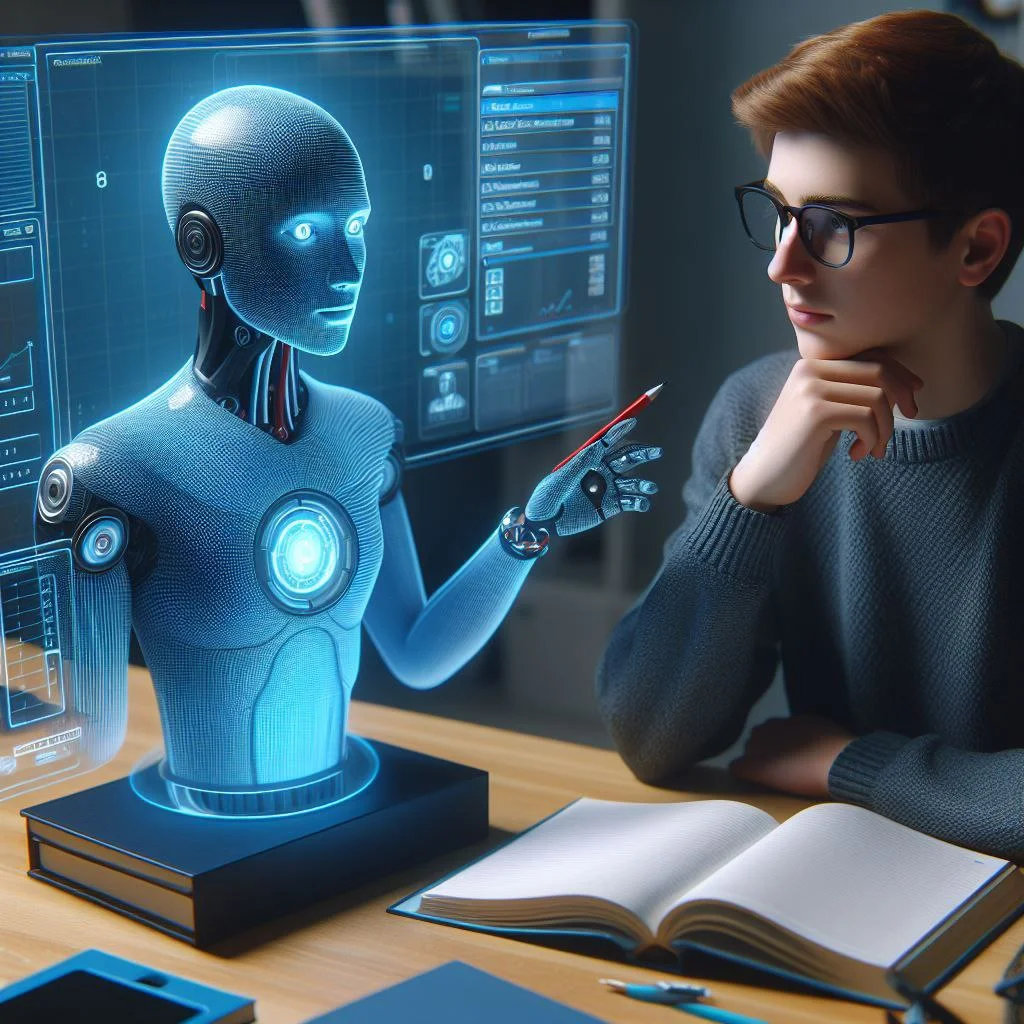
Artificial intelligence in education: examples of application

The education landscape is undergoing profound changes under the influence of artificial intelligence (AI). This revolutionary technology is no longer science fiction; it is actively changing the way we learn and teach. AI has the potential to personalize learning, improve learning efficiency, and ultimately empower students to achieve greater academic success.
We have already written an article about the use of artificial intelligence in medicine, and if you are interested in this topic, we strongly recommend reading it.
Unraveling the mysteries of AI in education
AI in education involves the use of intelligent tools and algorithms in educational institutions. Here’s a quick look at some of the key technologies driving this transformation:
Machine learning
Algorithms analyze massive amounts of student data, including test scores, assignments, and learning patterns. These analyzes help personalize learning paths, identify areas for improvement, and predict future outcomes.
Natural Language Processing (NLP)
NLP (natural language processing) allows AI systems to understand and respond to human language. This paves the way for intelligent tutoring systems that can answer students’ questions, provide feedback on written work, and even engage in conversation.
Educational chatbots
AI-powered chatbots can act as virtual assistants, offering students 24/7 support. They can answer frequently asked questions, provide guidance on navigating learning platforms, and even offer basic emotional support.
Adaptive learning platforms
AI-powered platforms dynamically adjust learning content and difficulty based on individual student performance. This ensures that students do not feel challenged or become bored. It will also keep them engaged and motivated.
Unlocking the benefits of AI in education
Integrating AI into education offers many benefits for both students and teachers:
Personalized learning
AI tailors the learning experience to students’ individual needs and learning styles. This ensures that students are challenged appropriately and can progress at their own pace.
Increased engagement
Interactive AI tools such as simulations and game-based learning can make learning more fun and enjoyable, fostering a love of knowledge.
Automation of tasks
AI can automate repetitive tasks such as grading multiple-choice tests and administrative duties. This frees up teachers’ valuable time for more personalized teaching, mentoring and curriculum development.
Data-driven analytics
Analyzing student data using artificial intelligence gives educators valuable insight into student performance, learning gaps, and areas where additional support is needed. This allows you to make more informed educational decisions.
Availability
Artificial intelligence tools, such as text-to-speech and speech recognition software, can help students with disabilities by promoting inclusion and equal access to education.

AI in action: where we see it today
AI is already gaining popularity in various educational institutions:
Education K-12
Personalized learning platforms such as DreamBox Learning and IXL use artificial intelligence to tailor learning to individual learner needs. AI tutors, such as Carnegie Learning’s MATHia, provide targeted support and feedback.
Higher education
Platforms like Knewton offer adaptive learning experiences for college courses. AI-powered writing assistants like Grammarly help students improve their writing skills.
Corporate training
AI-powered chatbots can answer employee questions and provide on-demand training modules. AI-powered VR simulations can create immersive learning experiences for complex skills.

A look into the future of AI-powered learning
As AI technology continues to advance, we can expect even more revolutionary applications in education
Virtual tutors based on artificial intelligence
Imagine personalized learning from a virtual teacher that adapts to your learning style and pace. Really cool, isn’t it?

Automated assessment systems
AI can go beyond just grading by providing detailed feedback on students’ work, identifying strengths and weaknesses.
Immersive learning experience
Artificial intelligence can facilitate virtual and augmented reality simulations, creating engaging and interactive learning environments.
Conclusion
It is important to remember that AI does not replace teachers. Teachers will continue to play a vital role in the development of critical thinking, creativity, and social-emotional learning. AI acts as a powerful tool that can complement and improve traditional education. This allows educators to create more effective and personalized learning experiences for all students.
![Codes for the game Solo Leveling: Arise [June 2024]](https://joyverse.ru/wp-content/uploads/2024/05/codes_eng-150x150.webp)


